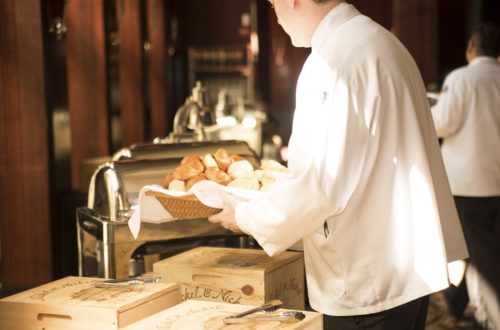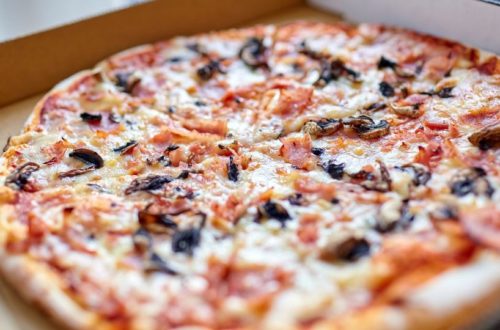Reasons Behind the Surge in Food Delivery Apps

In today’s bustling world, the proliferation of food delivery apps has become a hallmark of modern convenience. The surging demand for food delivery services has fueled the rapid expansion of these apps, reshaping how consumers satisfy their cravings without leaving the comfort of their homes.
Catering to Busy Lifestyles
In a fast-paced era, individuals are constantly engaged in their endeavors. Even during breaks, work often spills over, making food delivery apps an invaluable asset. The seamless integration of ordering food while continuing with tasks optimizes time and enhances efficiency.
Embracing Instant Gratification
In an era fixated on immediacy, the desire for instant gratification permeates every facet of life. Shopping no longer necessitates a trip to physical stores; similarly, dining has embraced this trend. The hunger pangs can be assuaged without the hassle of driving to restaurants; instead, a few taps on a food delivery app bring freshly prepared meals to your doorstep.
Evolution of Delivery Services
Delivery services have undergone a remarkable evolution, shedding their former sluggishness. Previously, protracted waiting periods were the norm, but today’s deliveries are prompt, often reaching customers within minutes. Moreover, geographical limitations no longer constrain delivery areas, ensuring that regardless of location, food can reach your doorstep.
Adapting to Changing Consumer Behavior
The traditional reluctance of restaurants to venture into delivery services is waning. The shift in consumer behavior, with a preference for the comfort of home, has led restaurants to adapt. The dwindling number of in-house diners has pushed eateries to rethink their strategies. Consequently, an increasing number of restaurants are embracing food delivery services, expanding the array of choices available on these apps.
Meeting Dietary Needs
Moreover, these apps cater to diverse dietary needs. For those adhering to specific diet plans like keto, accessing suitable meals is effortless. Keto food delivery services alleviate the challenges of meal preparation, ensuring that dietary preferences align with convenience. Seamless access to specialized meals via delivery services facilitates adherence to your diet plans without hassle.
Technological Enhancements
Additionally, technological advancements have improved the user experience. Enhanced interfaces, personalized recommendations, and real-time tracking capabilities have further elevated the appeal of food delivery apps. Consumers now enjoy a seamless and engaging ordering process, adding to the overall convenience of using these platforms.
Competition Breeds Innovation
Furthermore, the competitive landscape among food delivery apps has fostered innovation. Rivalry has spurred the introduction of loyalty programs, discounts, and collaborations with restaurants, enticing users with added benefits and exclusive offers. This healthy competition continually enriches the user experience and increases the appeal of food delivery apps in the market.
Collaborations for Culinary Diversity
As these apps continue to evolve, partnerships with local businesses and small eateries have also surged, contributing to the diversification of culinary options available for delivery. This collaborative approach bolsters the local economy while providing consumers with an extensive selection of cuisines and dining experiences.
Impact on Employment and Economy
The widespread adoption of food delivery apps has not only transformed the dining habits of individuals but also contributed significantly to the gig economy. The surge in demand for delivery drivers has created employment opportunities, offering flexibility and income avenues to a diverse workforce.
Conclusion
The meteoric rise of food delivery apps epitomizes the intersection of technological innovation, evolving consumer preferences, and the dynamic culinary landscape. These apps have revolutionized dining experiences, offering unparalleled convenience, diverse choices, and catering to individual dietary needs, solidifying their indispensable role in modern-day gastronomy.
Would you like to receive similar articles by email?





